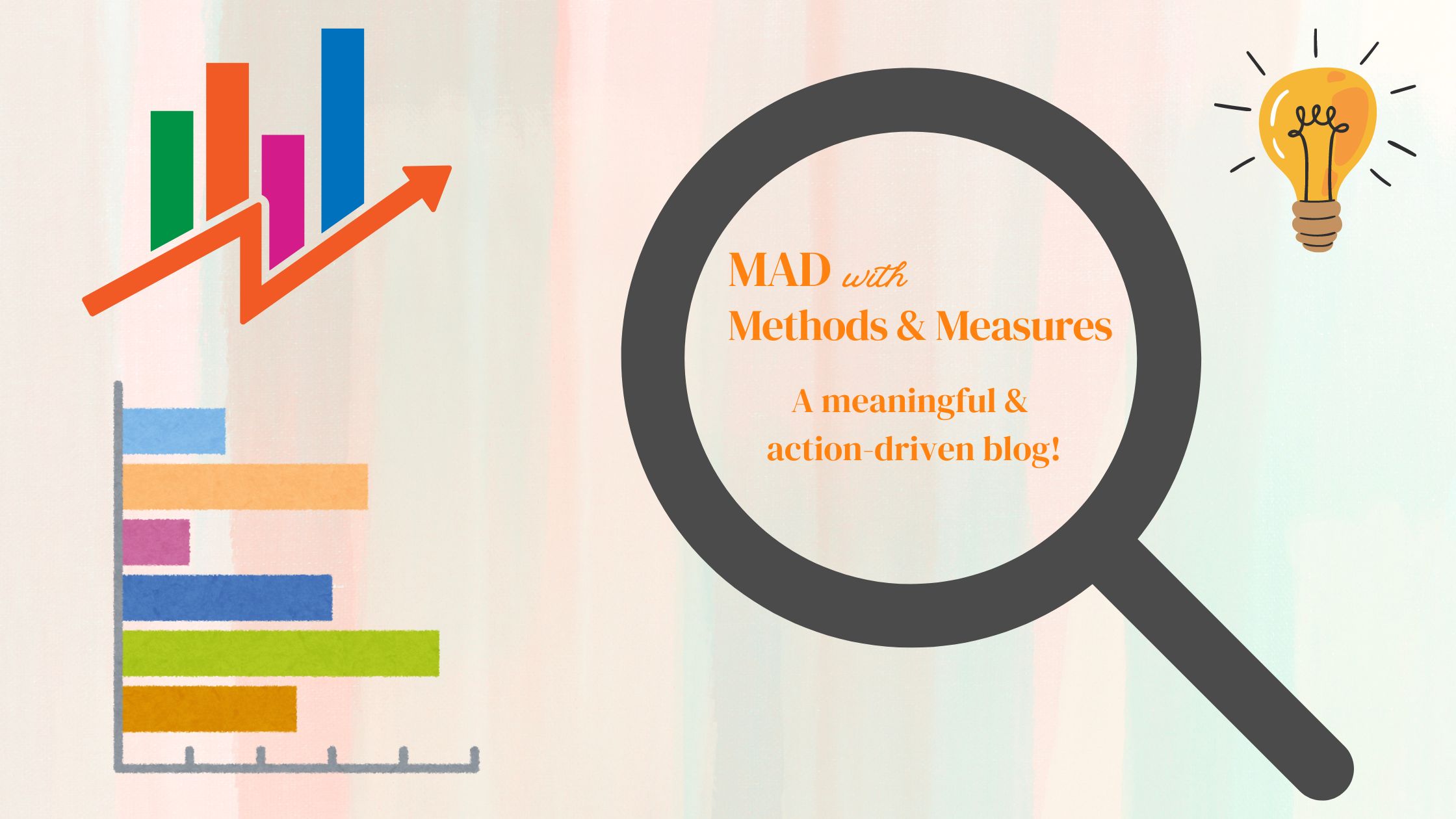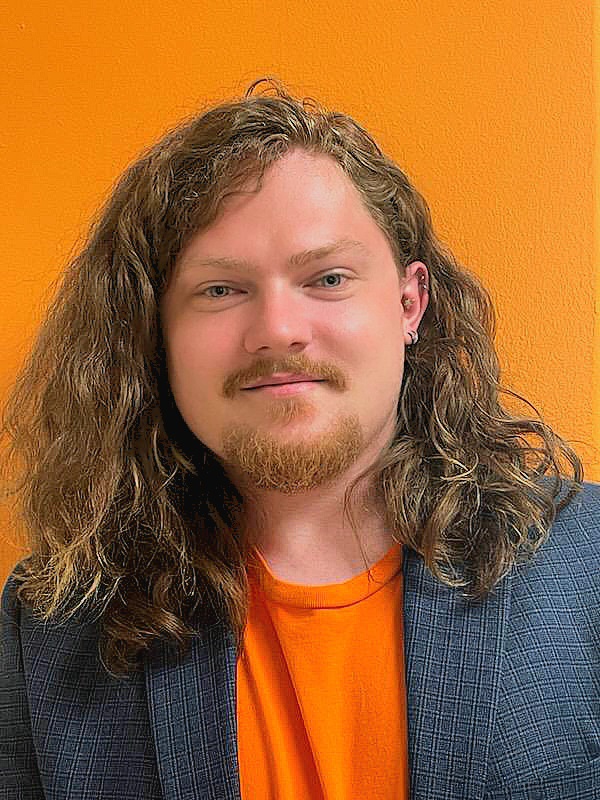The Parasocial Relationships in Social Media Survey: What is it and why did I create it?

Author: Austin Boyd, Ph.D.

I love watching YouTube. When I began college, I gave up on cable and during my free time I started watching YouTube instead. There was just something about watching streamers and influencers that was more compelling and comforting for me. I spent a lot of time wondering why I enjoyed it more, and it wasn’t until graduate school that I learned the answer: Parasocial Relationships.
Parasocial Relationships and Their Measures
Coined by Horton and Wohl (1956), parasocial relationships are a type of relationship that is experienced between a spectator and a performer’s persona. Due to the nature of the interaction, these relationships are one-sided and cannot be reciprocated by the performer with which they are made. At the time, television was the most effective medium through which parasocial relationships could be developed (Horton & Strauss, 1957; Horton & Wohl, 1956). However, as time and technology have progressed, the mediums for parasocial relationships to occur have expanded beyond television to include radio, literature, sports, politics, and social media, such as Facebook, Twitter, and, of course, YouTube.
Over the past 65+ years, hundreds of articles have been published with different scales created to measure parasocial phenomena in a variety of different contexts. While many different scales exist, they are not interchangeable across contexts, and none have been validated to measure parasocial relationships in a social media context. Many of the scales were developed for specific media contexts, and because of this, they do not lend well to assessing parasocial phenomena in other situations and other forms of media without modification. Using a measure that has not been validated, and is unsuitable for a population, may compromise the results, even if it was found to be valid in a different context (Stewart et al., 2012). Furthermore, research (e.g., Dibble et al., 2016; Schramm & Hartmann, 2008) has started to question the validity of these instruments. An assertion made by Dibble et al. (2016) states that most parasocial interaction scales have not undergone adequate tests of validation.
The Parasocial Relationships in Social Media (PRISIM) Survey
For my dissertation, I developed and began validating the scores of the Parasocial Relationships in Social Media (PRISM) Survey to measure the parasocial relationships that people develop with influences and other online celebrities through social media (Boyd et al., 2022; Boyd et al. 2024). The survey contains 22 items that were based on three well established parasocial surveys: The Audience-Persona Interaction Scale (Auter & Palmgreen, 2000), Parasocial Interaction Scale (Rubin et al., 1985), and Celebrity-Persona Parasocial Interaction Scale (Bocarnea & Brown, 2007). Participants are asked to indicate their level of agreement with each of the items using a five-point Likert scale.
The 22 items comprise four constructs: Interest In, Knowledge Of, Identification With, and Interaction With. The first factor, Interest In, contains seven items covering the level of concern for, perceived attractiveness of, and devotion to the celebrity and the content that they create. The second factor, Knowledge Of, contains five items that deal specifically with the participants’ knowledge of the celebrity and desire to learn more about them. While similar to the Interest In construct, the items in this construct address the participants’ curiosity and fascination with the celebrity, rather than their attachment to them. The third factor, Identification With, includes six items addressing the perceived similarities, such as sharing qualities and opinions, between the celebrity and the participant. Finally, the fourth factor, Interaction With, is four items which covers the social aspects involved with viewing the celebrity including the participants’ feelings of social and friendship connections with them.
After creating the survey, we conducted a psychometric evaluation of the scale. This includes assessing the content, face, construct, convergent, and discriminant validity, as well as the internal consistency reliability and measurement invariance across different social media platforms. For full explanations of the methods and results used to validate the survey see Boyd et al. (2022) and Boyd et al. (2023). We have also created FAQ for those interested in using the survey, which can be found at https://austintboyd.github.io/prismsurvey/. Both articles and the PRISM survey have been published in open access journals to allow easy access for any researcher interested in conducting parasocial relationship research in the social media landscape.
References
Boyd, A. T., Morrow, J. A., & Rocconi, L. M. (2022). Development and Validation of the Parasocial Relationship in Social Media Survey. The Journal of Social Media in Society, 11(2), 192-208.
Boyd, A. T., Rocconi, L. M., & Morrow, J. A. (2024). Construct Validation and Measurement Invariance of the Parasocial Relationships in Social Media Survey. PLoS ONE, 19(3).
Dibble, J. L., Hartmann, T., & Rosaen, S. F. (2016). Parasocial interaction and parasocial relationship: Conceptual clarification and a critical assessment of measures. Human Communication Research, 42(1), 21–44. https://doi.org/10.1111/hcre.12063
Horton, D., & Strauss, A. (1957). Interaction in Audience-Participation Shows. American Journal of Sociology, 62(6), 579–587. doi: 10.1086/222106
Horton, D., & Wohl, R. R. (1956). Mass Communication and Para-Social Interaction. Psychiatry, 19(3), 215–229. doi: 10.1080/00332747.1956.11023049
Schramm, H., & Hartmann, T. (2008). The psi-process scales. A new measure to assess the intensity and breadth of parasocial processes. Communications, 33(4). https://doi.org/10.1515/comm.2008.025
Stewart, A. L., Thrasher, A. D., Goldberg, J., & Shea, J. A. (2012). A framework for understanding modifications to measures for diverse populations. Journal of Aging and Health, 24(6), 992–1017. https://doi.org/10.1177/0898264312440321